
History
Producer Education is a committee under the authority of the Oklahoma Energy Resources Board (OERB). Under the OERB, our committees and staff work to provide valuable workshops and roundtables that feature expert speakers from across the nation. Producer Education has added a Research & Technology Subcommittee dedicated to bringing forth emerging technologies through grants. We also host the Oklahoma Oil & Natural Gas Expo, now in its 28th year.
Both Producer Education and the OERB are champions for and funded by the people of Oklahoma Oil & Natural Gas. By merging the two, the missions of both have been enhanced. Producer Education is a proud supporter of Oklahoma’s oil and natural gas industry and is leveraging this merger into new opportunities for producers and royalty owners.
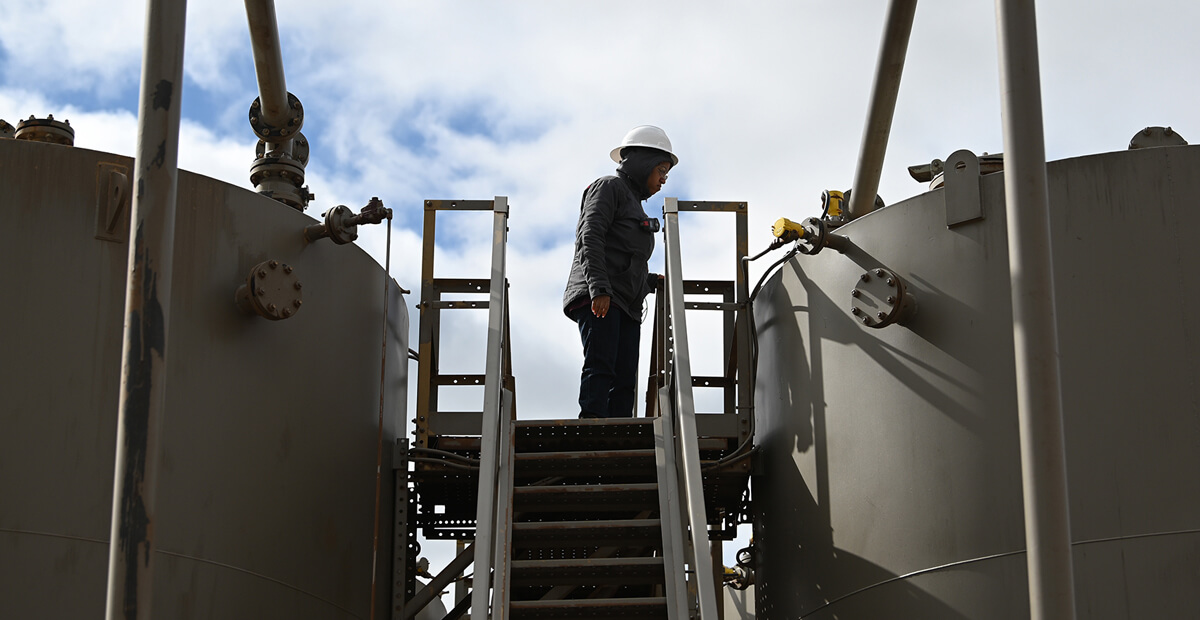
Mission Statement
Producer Education was established to encourage new processes and technological advancements to sustain the oil and natural gas industry in the future for the benefit of the citizens of Oklahoma, and to advance activities to support marginally producing oil and natural gas wells.
Meet the Committee
The Producer Education Committee is comprised of 12 to 18 members, including the Oklahoma Secretary of Energy (or a designee), a member of the Oklahoma Energy Initiative Board and several oil and natural gas operators and royalty owners.
Producer Education Committee Members
Chairman – David Le Norman, Reign Capital Holdings LLC |
Joe Brevetti,Charter Oak Production Co., LLC
Jacob Bruster, Unit Corp
Byron Cottingham, Cottingham Consulting
Tom Dunlap, Tripledee Drilling
Anville Fancis, Reign Capital Holdings LLC
Max Gagliardi, AEGIS Hedging
Ken Kerrihard, Assiduous Energy, LLC
Richard Luht, Tecara Logistics
James Marshall, BTM Consulting, LLC
Mitch McAbee, McAbee & Company PC
Ken McQueen, Secretary of Energy
Tim Munson, Spartan Resources
Chandra Rai, University of Oklahoma Sarkeys Energy Center
Joshua Wade, Emmaus Energy
Jordan Williams, Gulf Exploration
Meet the Staff Collaspe
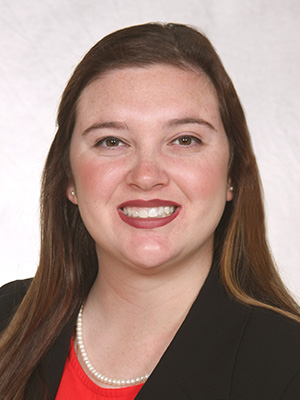
Tawnni Klaus
Coordinator

Mindy Stitt
Executive Director
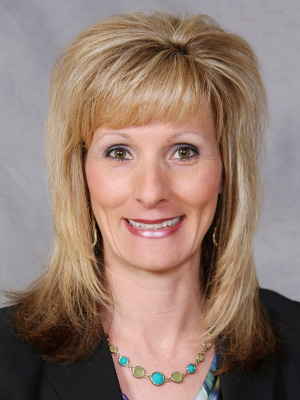
Melanie Voice
SOER Director
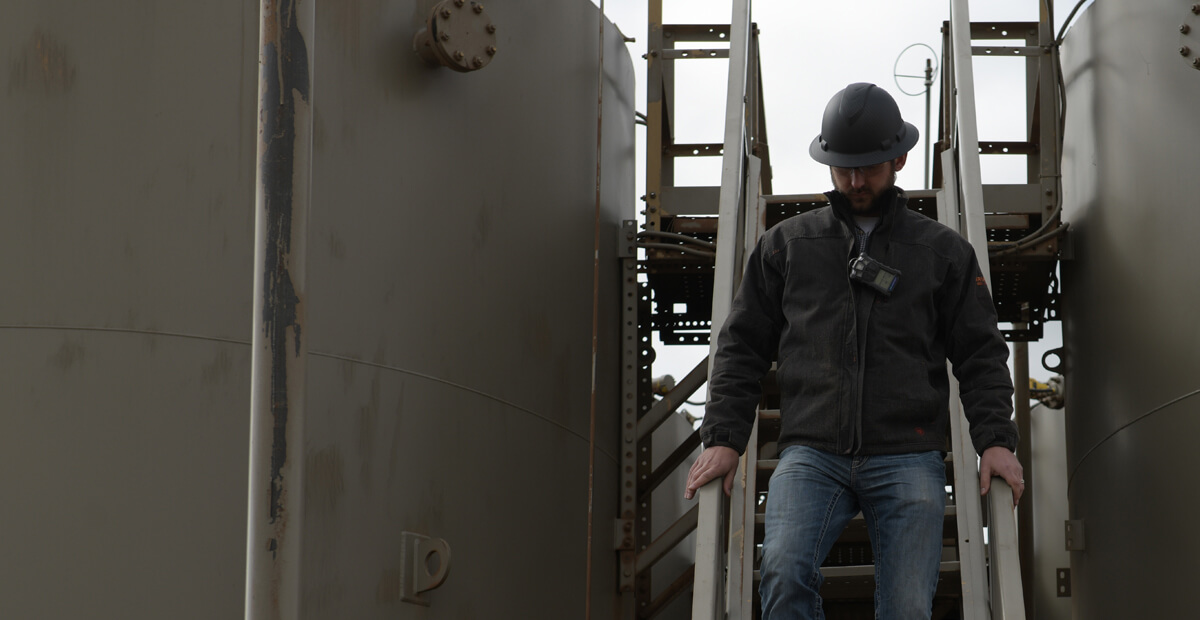
Funding
Producer Education is funded by a voluntary fee assessed on oil and natural gas production in Oklahoma. The fee is $0.0035 on every barrel of oil and $0.00015 on every thousand cubic feet (MCF) of natural gas produced in the state. The fee is remitted to the Oklahoma Tax Commission in the same manner as provided by law for the payment of the gross production tax. Producer Education’s funding is maintained separately from the OERB. Producer Education is also authorized to accept appropriations, donations, grants, contributions and gifts from any public or private source.
Click here to download a refund packet.
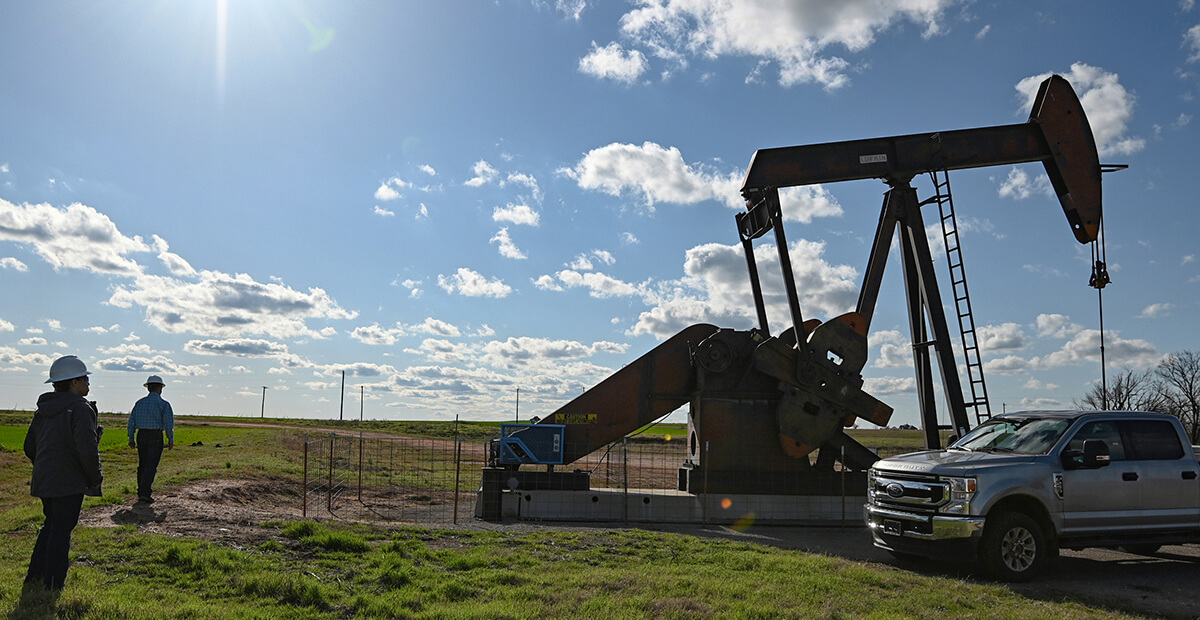
What is a marginal well?
A marginal well is about economic viability or whether the extraction of oil and gas is profitable. To be designated as a marginal well depends on oil prices and the cost of production. A marginal well becomes unprofitable to produce whenever oil and/or gas prices drop below its crucial profit point. A producing well that requires a higher price per MCF or per barrel of oil to be worth producing, due to low production rates and/or high production costs from its location (e.g., far offshore, in deep waters, onshore far from good roads for oil pickup and no pipeline) and/or its high co-production of substances that must be separated out and disposed of (e.g., saline water, non-burnable gases mixed with the natural gas). On land, this is often but not always a stripper well. (Interstate Oil and Gas Compact Commission)
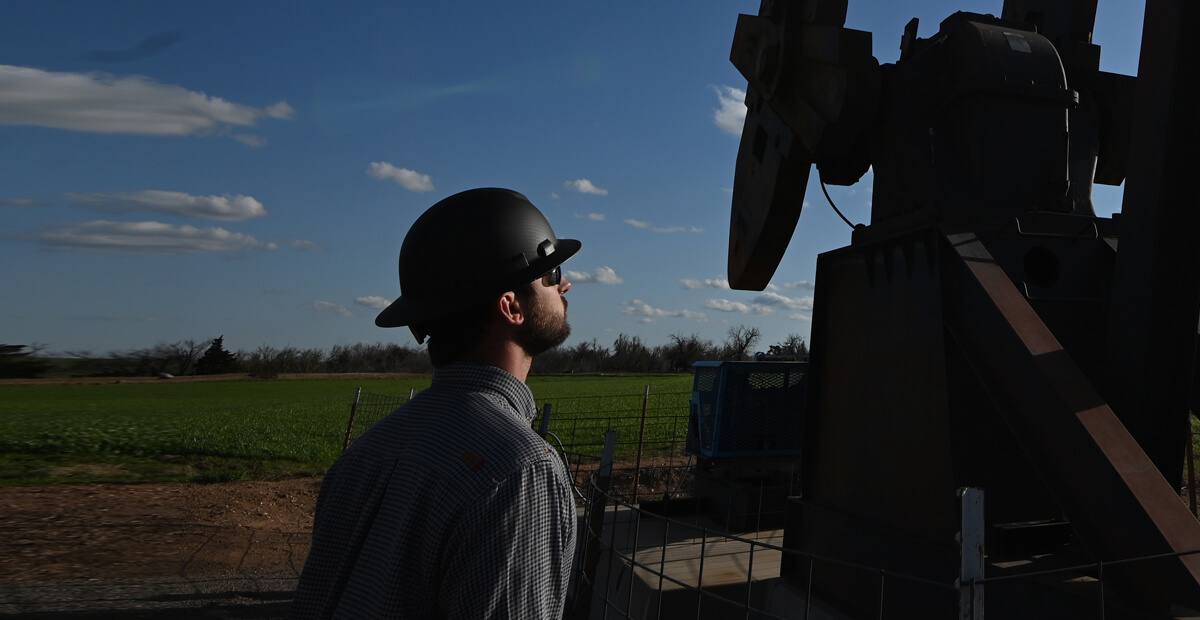
What is a stripper well?
For tax purposes, a “stripper well” is defined as any well whose maximum daily average oil production does not exceed 15 barrels of oil, or any natural gas well whose maximum daily average gas production does not exceed 90 MCF of gas per day during any 12-month consecutive time period. The term stripper well is often used interchangeably with the term “marginal well,” although they are not the same. (Tax code of the United States Internal Revenue Service, 1986). Stripper wells make up a significant portion of America’s oil and natural gas production. While these wells may produce less oil and natural gas per day, they account for over 7.4% of U.S. oil production and 8.2% of natural gas production. (Energy and Industrial Advisory Partners)